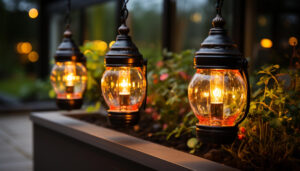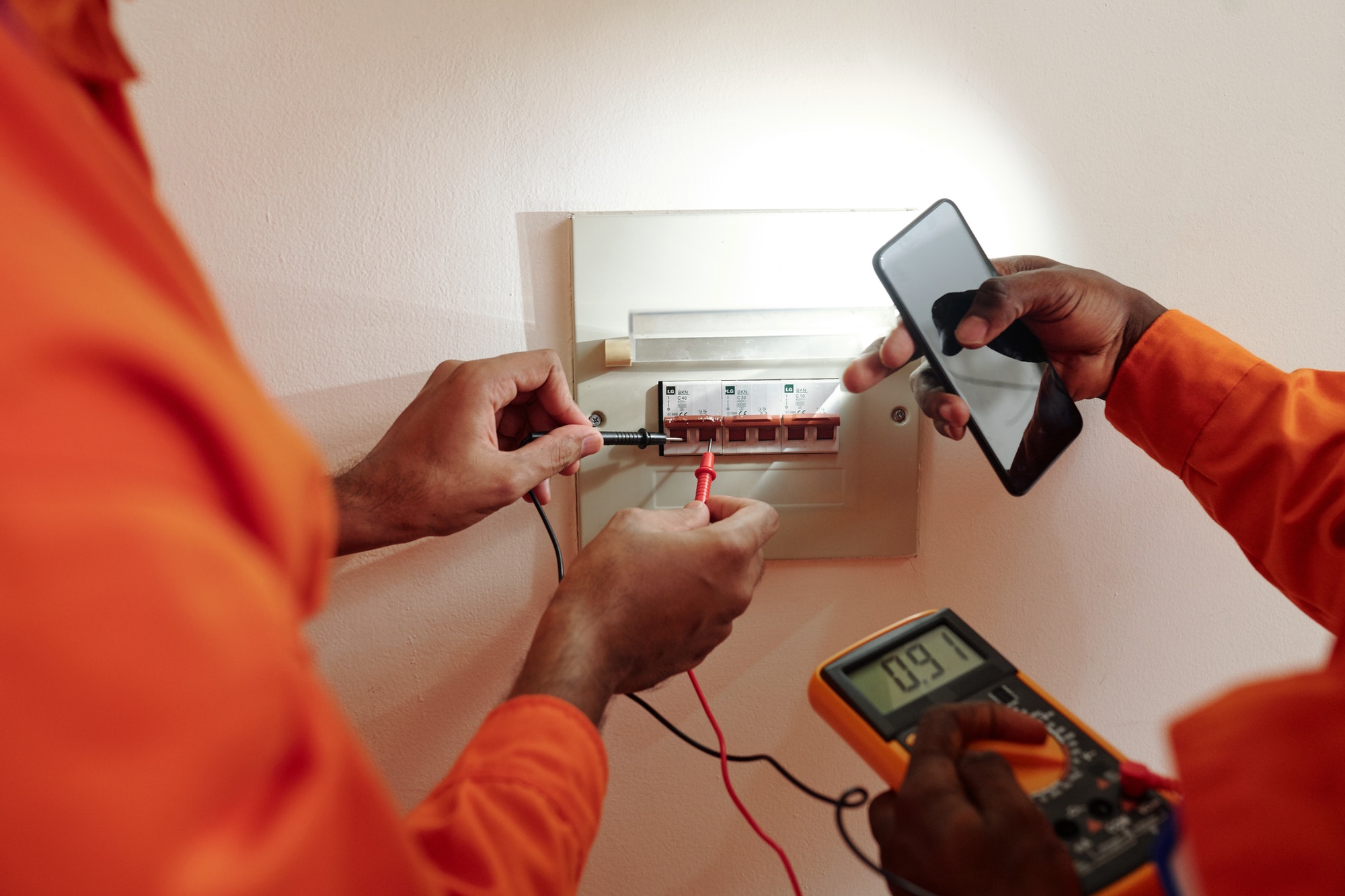Installing solar panels in London can be a smart investment, offering significant long-term savings and contributing to a more sustainable future. However, several key considerations must be addressed to ensure a successful installation and optimal performance. Here’s a comprehensive guide to help you navigate the process.
1. Assessing Solar Potential
Sunlight Exposure:
- Evaluate your property’s exposure to sunlight. London has less solar irradiance compared to sunnier regions, but it still receives enough sunlight for solar panels to be effective.
- Use tools or consult with professionals to assess the potential solar energy your location can generate.
Roof Orientation and Tilt:
- The ideal roof orientation for solar panels in the UK is south-facing, but east and west orientations can also be effective.
- The optimal tilt angle for solar panels in London is around 30-40 degrees. Flat roofs can use angled mounts to achieve the best tilt.
Shading:
- Assess any potential shading from nearby buildings, trees, or other obstructions. Shading can significantly reduce the efficiency of solar panels.
- Consider trimming trees or selecting alternative mounting locations if shading is an issue.
2. Planning and Permits
Planning Permission:
- In most cases, installing solar panels on residential properties in the UK does not require planning permission, provided they meet certain criteria (e.g., panels do not protrude more than 200mm from the roof surface).
- For listed buildings or properties in conservation areas, you may need to obtain planning permission. Check with your local planning authority.
Building Regulations:
- Ensure your installation complies with building regulations, particularly if you are making structural changes to your roof.
- An MCS (Microgeneration Certification Scheme) certified installer can help ensure compliance with all relevant regulations.
3. System Size and Capacity
Energy Needs:
- Assess your household or business’s energy consumption to determine the appropriate size of your solar PV system.
- Analyze your electricity bills to estimate your average daily and annual energy use.
System Size:
- The size of your solar system will depend on your energy needs, roof space, and budget. Typical residential systems range from 3kW to 5kW.
- Larger systems can generate more electricity but will require more roof space and higher initial investment.
Battery Storage:
- Consider adding battery storage to your solar PV system to store excess energy generated during the day for use at night or during cloudy periods.
- Battery storage can enhance energy independence and provide backup power during outages.
4. Financial Considerations
Initial Costs:
- Solar panel installation involves significant upfront costs, including the price of panels, inverters, mounting equipment, and installation labor.
- Get multiple quotes from reputable installers to compare costs and services.
Incentives and Rebates:
- Explore available incentives, grants, and rebates that can offset the installation cost. The UK government offers schemes like the Smart Export Guarantee (SEG), which pays you for excess energy you export to the grid.
- Some local councils may also offer additional incentives.
Return on Investment (ROI):
- Calculate the potential savings on your electricity bills and the expected payback period for your solar investment.
- Consider factors like energy price inflation, system lifespan (typically 25-30 years), and maintenance costs when calculating ROI.
5. Choosing the Right Installer
Certifications and Experience:
- Choose an installer who is MCS-certified and has a good track record of successful installations.
- Check reviews, ask for references, and verify their experience with similar projects.
Warranty and Support:
- Ensure the installer provides comprehensive warranties for both the panels and the installation work.
- Inquire about post-installation support and maintenance services.
6. System Components and Quality
Solar Panels:
- Select high-quality solar panels from reputable manufacturers. Consider factors like efficiency, durability, and warranty terms.
- Monocrystalline panels generally offer higher efficiency but at a higher cost, while polycrystalline panels are more affordable but slightly less efficient.
Inverters:
- The inverter is a crucial component that converts the DC electricity generated by the panels into AC electricity for use in your home.
- Choose a reliable inverter with a good warranty. Options include string inverters, microinverters, and power optimizers.
Mounting Systems:
- Ensure the mounting system is robust and suitable for your roof type. It should withstand local weather conditions and provide secure support for the panels.
7. Monitoring and Maintenance
System Monitoring:
- Invest in a monitoring system to track the performance of your solar PV system. Many modern systems offer real-time data accessible via smartphone apps.
- Monitoring helps you identify issues promptly and ensures your system is operating at optimal efficiency.
Regular Maintenance:
- Solar panels require minimal maintenance, but periodic cleaning and inspections are necessary to ensure maximum efficiency.
- Keep the panels clean and free of debris. Check for any damage or shading issues regularly.
Conclusion
Installing solar panels in London involves careful planning and consideration of various factors, including sunlight exposure, planning and permits, system size, financial considerations, installer selection, system components, and maintenance. By addressing these key considerations, you can ensure a successful installation that maximizes the benefits of solar energy for your home or business. Investing in solar panels is a significant step towards energy independence, cost savings, and a greener future.






